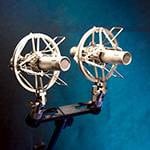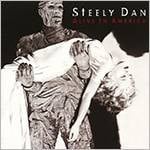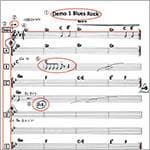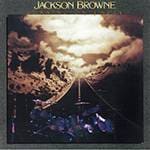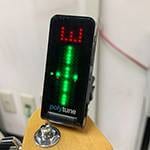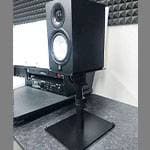

So, what’s today’s topic?
Strong!
Huh?
Super strong!
Excuse me? Could you explain that properly?
You know, the intensity of effect pedals.
Ah, I see.
There are so many ways to describe it, right?
True.
For distortion effects, you have terms like GAIN, DRIVE, DIST...
Yeah... Didn’t we already dive into this before?
→ Active Band Man Chats - Let’s Think of Different Ways to Say Gain
True, we did come up with alternative terms.
Yep, although it wasn’t exactly a topic that needed a definitive answer.
This time, I’m researching how people describe the effect intensity for non-distortion types!
Got it. Have fun... (deadpan)
Off I go!
Take care... (still deadpan)
First stop: BOSS effects!
They’re the standard, after all.
For overdrive, it’s DRIVE.
For distortion, it’s DIST. 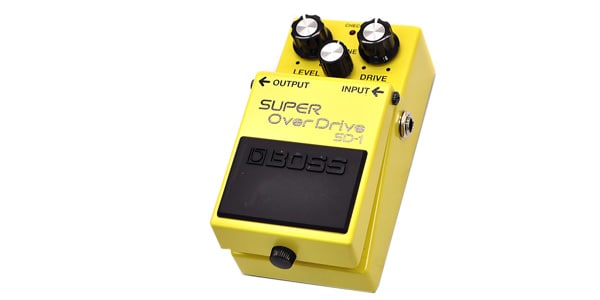
BOSS / SD-1 OverDrive
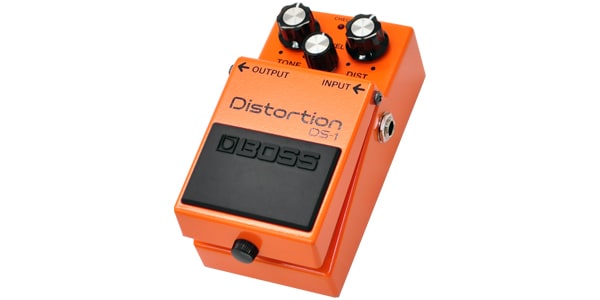
BOSS / DS-1 Distortion
Of course. These terms are practically the benchmark.
This chorus pedal uses DEPTH. 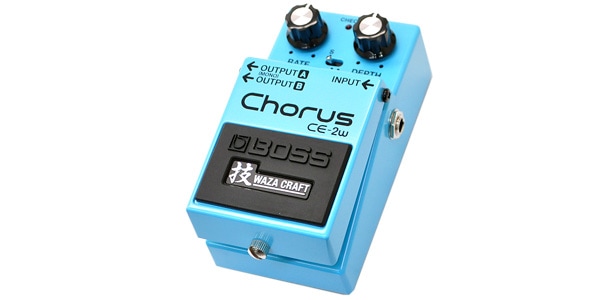
BOSS / CE-2W
That makes sense. It’s about the depth of the effect. Though calling it ‘strength’ might be more intuitive.
Chorus has this serene, lake-like quality, so ‘depth’ feels fitting (Purely Kizuhiko’s personal opinion, of course).
Fair point.
Flangers also use DEPTH. 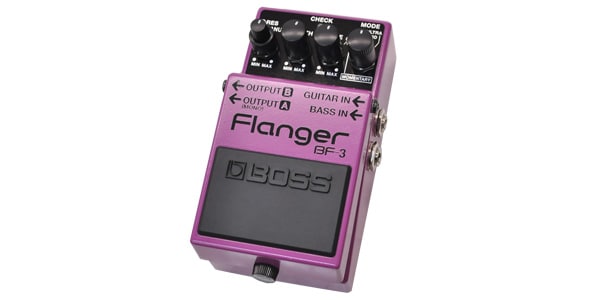
BOSS / BF-3
Ah, same idea. By the way, don’t you find it tempting to crank the DEPTH knob just to make the effect more prominent?
Of course! Why not make the most of it?
True, but if you’re aiming to blend it into a song, a subtle touch is often more effective. Shallower settings, perhaps?
Shallow and subtle, huh...
‘DEPTH’ really requires careful consideration. Though going all-in can be a valid choice too.
Phasers use DEPTH as well. 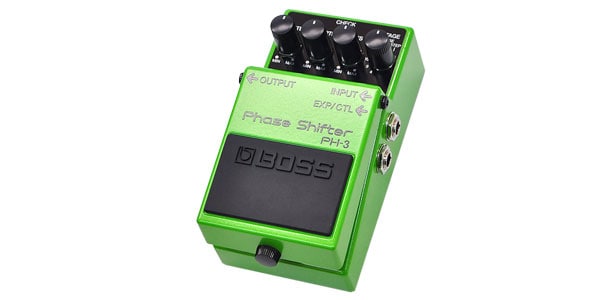
BOSS / PH-3
I’m not too familiar with phasers myself. I use chorus occasionally, but phasers... they’re easy to overdo, and it can get overwhelming. 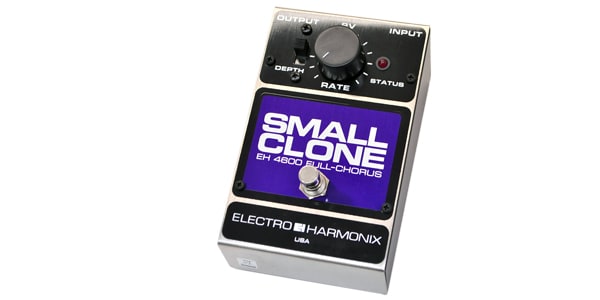
Electro-Harmonix / Small Clone Chorus
This one has a switch instead of a knob to adjust intensity.
That’s cool. I also like when there’s no adjustment at all, like with this one: 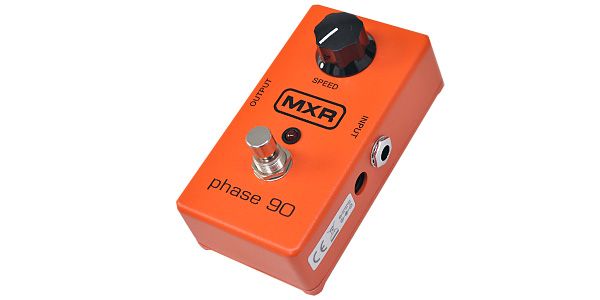
MXR / M101 Phase 90
One knob? Minimalist and bold!
BOSS uses DEPTH also for Tremolo and Vibrato. 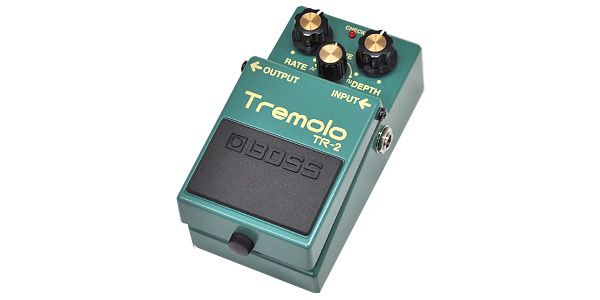
BOSS / TR-2 
BOSS / VB-2W WAZACRAFT Vibrato
I see. That makes sense, I suppose.
When it comes to spatial effects, though, it feels like it’s not just about depth—maybe something like breadth could be included as well.
Like WIDTH? That sounds a bit off, doesn’t it?
How about DISTANCE?
Hmm... it sort of makes sense, but not quite.
Oh, this isn’t exactly about describing intensity, but the RAT distortion I used to have had a knob called FILTER.
FILTER?
Yeah. With a typical tone knob, the more you turn it clockwise, the more it emphasizes the highs, right?
That... sounds about right, I think?
But with the FILTER knob, it works the other way—the sound gets rounder as you turn it up.
Interesting... so does that mean it’s okay for the sound to get blurrier as you turn it?
Hmm... but if you think of it as emphasizing the midrange more?
Then it could turn into a sweet, fat, and rich sound... maybe?
Probably!
Probably, huh.
Alright, let’s take a look at delay pedals next! 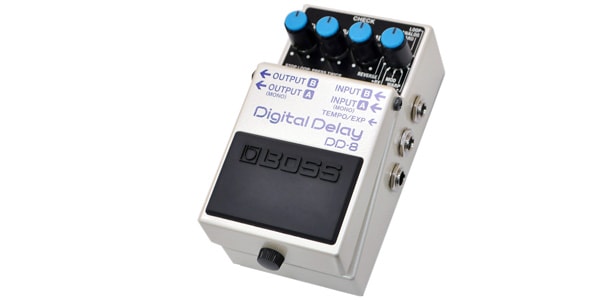
BOSS / DD-8 Digital Delay
For the BOSS one... it’s labeled ‘E.LEVEL’, right?
Effect level. That term could honestly work for pretty much any effect pedal. 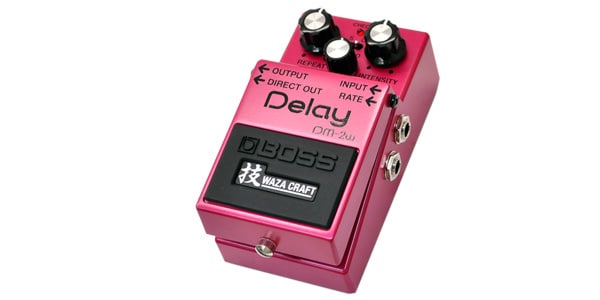
BOSS / DM-2W Analog Delay
Oh, for analog delay, it’s INTENSITY.
Intensity... like how strong or pronounced the effect is.
Does that mean analog effects are more in-your-face?
That’s probably how it is... Anyway, next up we have this! 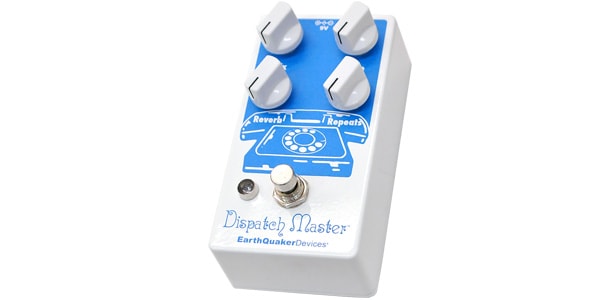
EarthQuaker Devices / Dispatch Master
Oh, EarthQuaker Devices. It’s something I’ve been curious about, but I’ve never owned one. What’s this? MIX?
Rather than strength, it’s more about the blending, right?
Yes, it’s the balance between the original sound and the effect sound.
And then! 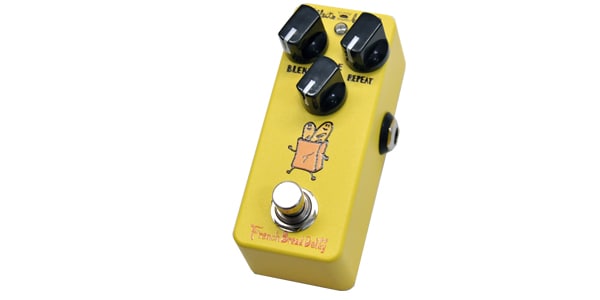
Effects Bakery / French Bread Delay
Effects Bakery, the artwork for this series is so cute. Uh, BLEND?
Yes, another expression related to the blending of sounds.
Exactly.
With this kind of knob, there are models where you can make the effect sound louder than the original, right?
That’s right, it adds a bit of flexibility.
When I used to play, I had a BOSS synthesizer with a balance knob.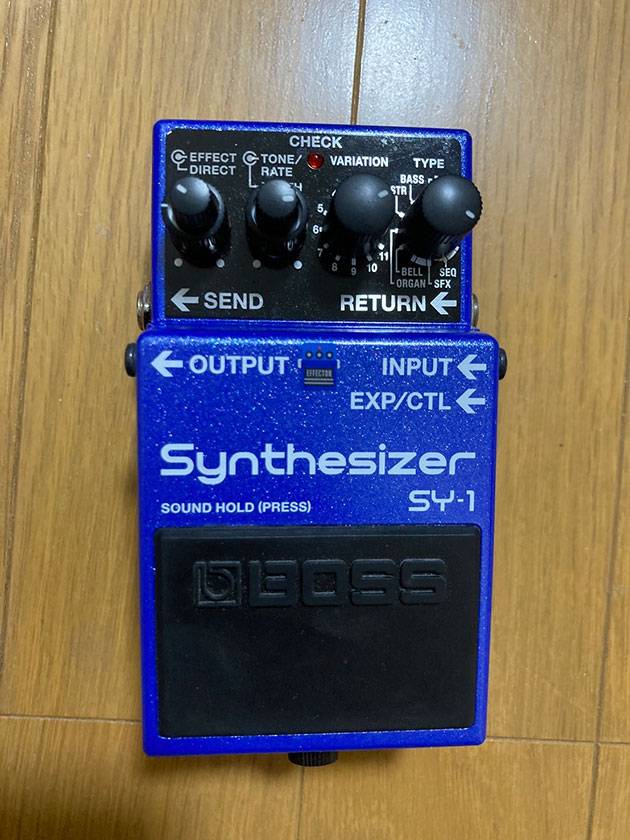
That’s the so-called dual-axis pot.
Yeah. The settings I used for live shows were like this: original sound was at 9 o’clock, and the effect sound was at 10 o’clock, so there was a bit more of the effect.
Wow, but it’s a small difference, huh?
The effect sound was this intense, piercing synth tone, so I never turned it all the way up.
I see. The blend or balance knob is handy for adjusting the effectiveness of the effect. Of course, you can also adjust it by tweaking the effect’s strength itself, but adjusting the mix with the original sound gives it a whole different nuance.
Right, exactly. If it were like curry, the ‘spiciness’ would be how strong the effect is, and the ‘balance’ would be the mix of the sauce and rice?
I have no idea! But don’t you feel like when there’s a blend or balance knob, the designer’s intention is hidden in that area somewhere? Or maybe I’m overthinking it!? By the way, when I use the SansAmp Bass Driver DI, I always go full SansAmp.
Zero original sound? So just the sauce, huh? Bold!
Well, yeah... when you mix something with a strong character like a SansAmp with the original sound, it makes you question if there’s even a point in using it! But actually, many people use it half and half.
I think that’s about it!
Good job today.
We’ve looked at a lot of stuff.
Yeah. There are various expressions depending on the type of effect and the manufacturer, but this time it was pretty standard. It’s easy to understand, even for beginners.
But you can’t really know until you try turning it, right?
Right?
Let’s go turn them!
Okay! But yeah, that’s true. You can imagine it, but it’s really important to actually touch and try it yourself.
Exactly. Because everything is?
For love!
The “sound & person” column is made up of contributions from you.
For details about contributing, click here.



















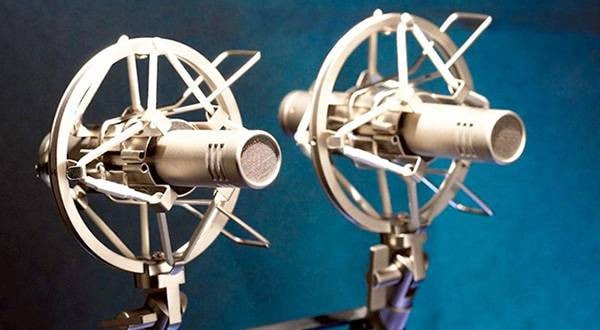
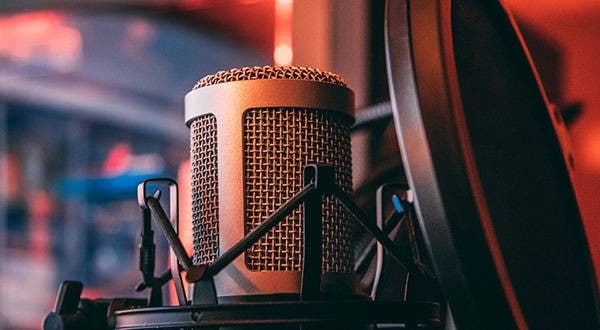
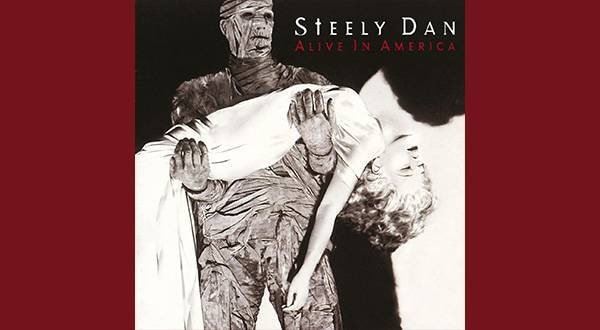
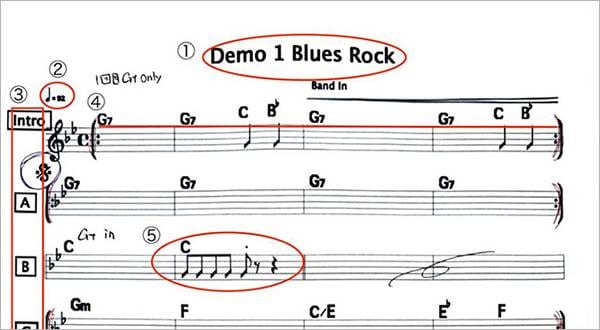

![[New for 2025] Top 10 Recommended Overdrive Pedals!](/contents/uploads/thumbs/2/2022/8/20220801_2_18812_1.jpg)
![[Latest for 2025] The 10 Best Effects Pedals for Guitar Beginners!](/contents/uploads/thumbs/2/2022/5/20220526_2_18129_1.jpg)

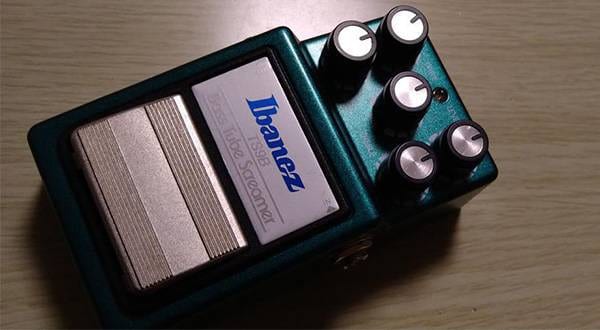
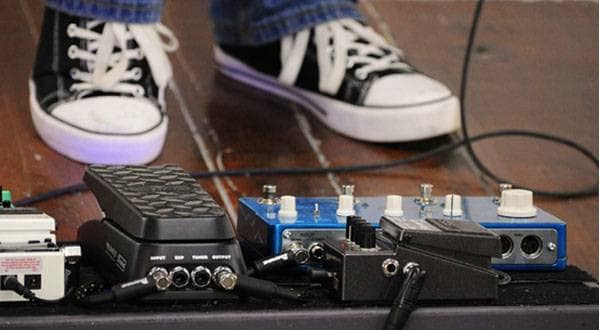
![[Beginner-Friendly] Part 2 - Pedalboard Gems: A Slightly Nerdy Effects Pedal Guide: Distortion Pedals](/contents/uploads/thumbs/2/2020/11/20201106_2_11518_1.jpg)
 【初心者向け】エフェクター講座
【初心者向け】エフェクター講座
 あなたのエフェクターボード見せてください
あなたのエフェクターボード見せてください
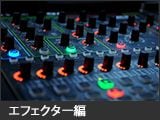 エフェクター編
エフェクター編
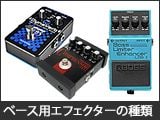 ベース用エフェクターの種類
ベース用エフェクターの種類
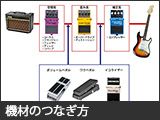 エフェクターのつなぎ方
エフェクターのつなぎ方
 エフェクターの種類
エフェクターの種類
